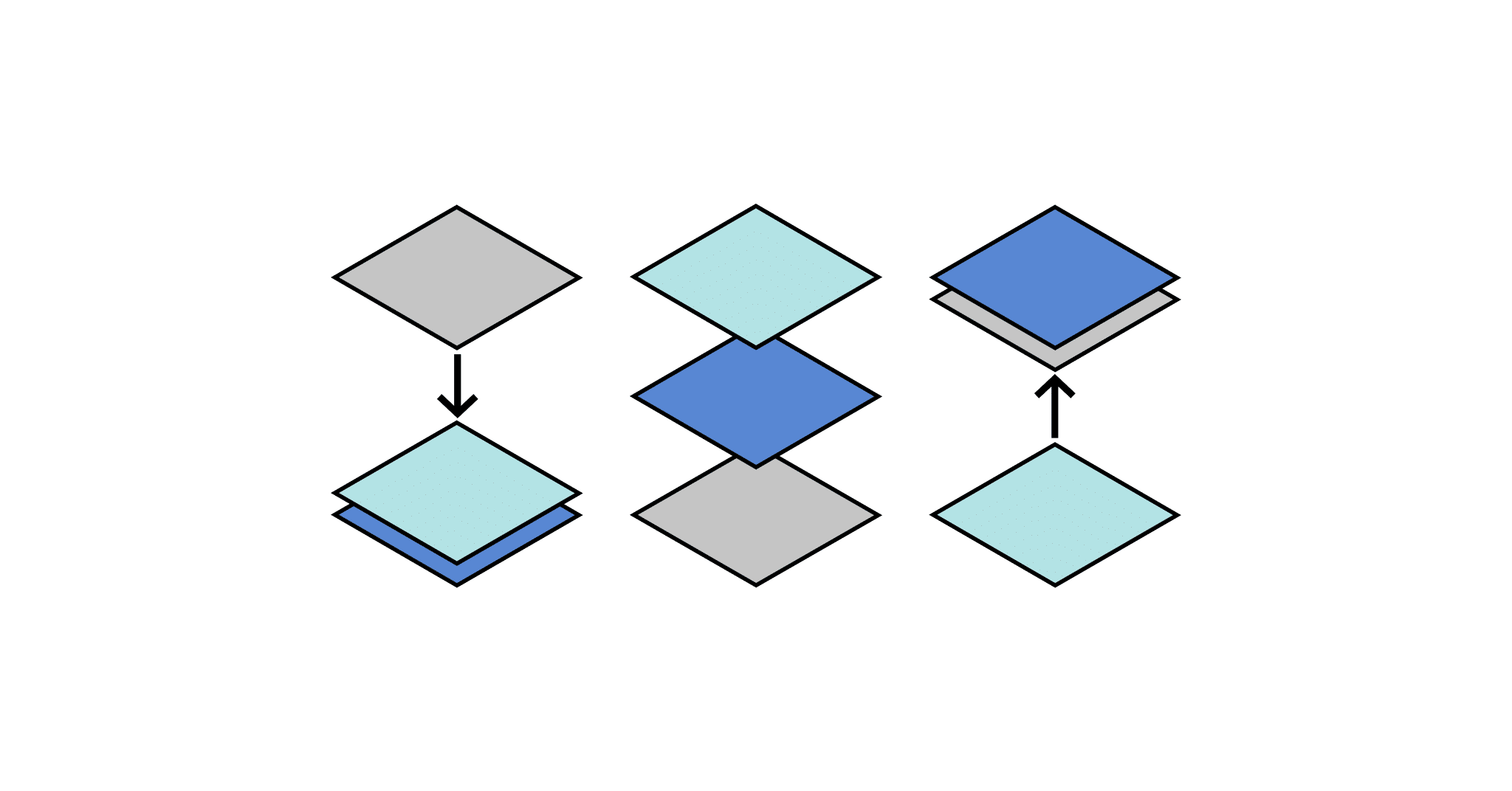
In our data-driven world, insights derived from data analytics are instrumental in shaping business strategies and driving innovation. With the growth of digital technologies and increasingly complex data sources, it’s essential to leverage tools that allow for scalable, and effective data analysis. In this regard, cloud analytics and a semantic layer have emerged as game-changers, facilitating the seamless integration of massive data sets and democratizing data access across organizations.
This article explores how cloud analytics underpinned by a semantic layer enables businesses to make informed decisions and innovate at scale.
Cloud Analytics: Scaling Innovation
Cloud analytics is a service model where data analysis and related services are performed on a public or private cloud. Businesses are moving towards cloud analytics for its myriad benefits such as scalability, cost-effectiveness, and flexibility. Cloud analytics allows businesses to scale resources on demand to meet business needs, thereby preventing wastage of resources. It also enables real-time analysis of data, facilitating faster decision making.
The cloud is inherently flexible, allowing users to access and analyze data from anywhere, at any time. This flexibility, coupled with reduced infrastructure and maintenance costs, makes cloud analytics a potent tool for modern businesses.
The Semantic Layer: Unifying Data Models
While cloud analytics provides the mechanism for data storage and analysis, the semantic layer is the key to unlocking the real value of data. It serves as an abstraction layer that translates complex data into a business-friendly format, facilitating easy data access and analysis across the organization. Additionally, the semantic layer supports OLAP (Online Analytical Processing) capabilities, allowing businesses to perform multidimensional analysis of large datasets at scale and in real-time. This enables nuanced data exploration, such as drilling down into data layers, rolling up data summaries, and making more complex calculations, all contributing to quicker and more effective decision-making.
The semantic layer also presents a consistent and unified view of business data, ensuring that everyone, from data scientists to business analysts, interprets data the same way. This consistency is crucial to prevent misinterpretations and misalignments that could lead to poor business decisions. It essentially democratizes data, putting the power of data analysis in the hands of all users, regardless of their technical prowess.
Cloud Analytics with Semantic Layer: A Powerful Combination
The combination of cloud analytics and a semantic layer is transformative. The scalability and flexibility of the cloud are complemented by the consistent, business-friendly data model offered by the semantic layer, delivering a comprehensive data analytics solution.
AtScale exemplifies the power of this combination. Their universal semantic platform for business intelligence (BI) and machine learning (ML) enables organizations to directly access data across various platforms without the need for data movement. AtScale’s semantic layer ensures data is interpreted consistently across all departments, while their cloud-based approach allows for scalability and flexibility.
Use Cases: Real-World Transformations
The value of combining cloud analytics with a semantic layer is best illustrated by examining real-world use cases:
- Retail: OLAP capabilities enrich the analytics process. A leading global retailer used OLAP features for multidimensional data analysis to drive personalized marketing strategies. By analyzing data through fiscal calendars, by products, and by customer demographics, they were able to develop more targeted marketing approaches, significantly increasing customer engagement and sales.
- Banking: OLAP also plays a role in satisfying regulatory requirements. The institution could create OLAP cubes for financial datasets, allowing for complex analysis and reporting capabilities that streamlined the compliance process.
- Healthcare: In healthcare, OLAP analysis helped in correlating data from disparate sources like electronic medical records and wearable devices, contributing to predictive analytics that improved patient outcomes.
Cloud analytics and the semantic layer offer a potent combination to drive data-driven innovation. As demonstrated by AtScale, this combination enables businesses to harness the full potential of their data, empowering them to make informed decisions, enhance efficiencies, and foster innovation at scale.


SHARE
Case Study: Vodafone Portugal Modernizes Data Analytics